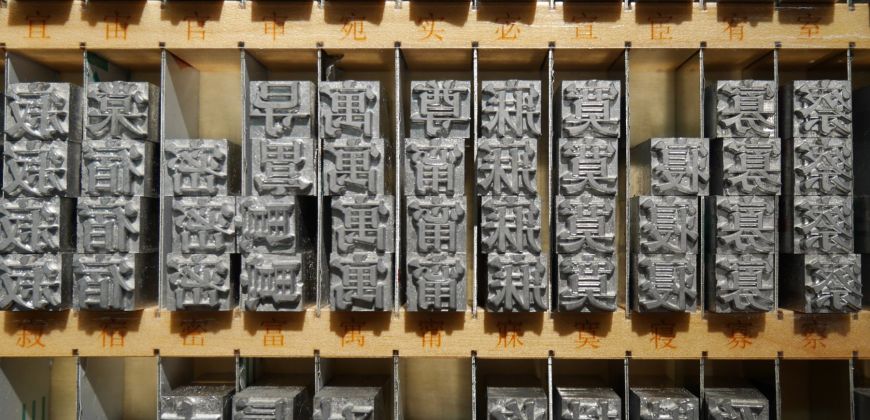
Working with fonts and images
Posted on 6 Jun 2018
FONTS
When typesetting a client’s artwork in a foreign language, we always ask for the document’s fonts and images to be sent to us, along with the main artwork files.
Once we install the fonts and link the images, the artwork should then display correctly on our screens, enabling us to produce a foreign language version with greater accuracy.
In many cases, our clients don’t have the fonts needed for some foreign languages, such as Chinese, Korean or Arabic. In these cases, we will match the foreign language font with the Roman fonts as closely as possible. We look at the font weight, whether it is a serif or sans serif font or not and also take proportional or monospaced font issues into consideration.
Where a client doesn’t have the required font for languages such as Arabic, Japanese or Hebrew, we can outline the pages, and if necessary, output them as EPS files (Encapsulated Post Script) and then reposition them in the original layout. This means your artwork can be sent to your printer without any worries about fonts corrupting and foreign fonts displaying incorrectly.
IMAGES
When typesetting clients’ artwork files in foreign languages, we request that all images and logos are sent to us along with the artwork and fonts.
This not only helps us to see the entire document as it was intended by the designer, but it is also important if we are creating high resolution PDF files to send to a printer. Without the images, the document will not meet the designer’s high quality standards.
Using Adobe PhotoShop and Illustrator, we are able to edit some images which contain text, replacing the source text with the foreign language translation. This is useful for technical documents, for example, which may contain a large number of figures and illustrations.



